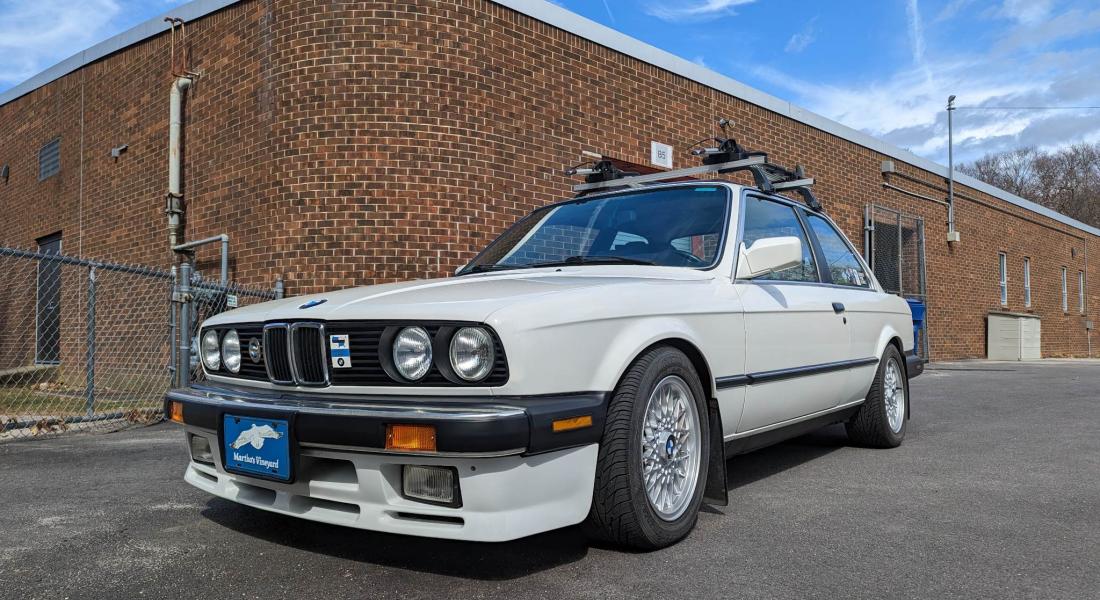My E30 finally felt weak. After years of having it as turnkey, classic driver that could sit idle for months at a time and be pressed into duty at a moment's notice, I had to admit that compared to some of the other vehicles in my fleet, it felt a touch tired.
The 325is has been with me longer than another car I've ever owned, going back to 2011 or so. I bought it at a time when I needed a distraction, and my brother was a huge influence in buying the car and subsequently bringing it back to life. Once it was a healthy running and driving car, it came back to Rhode Island and was the catalyst for a relationship with a local shop that has now seen many of my project cars pass through its doors.
In looking back at it, I realized I sank quite a bit into this E30 ten years ago now and haven't spent a whole lot on it ever since. It reminded me that I've abandoned the incremental approach to vintage car maintenance, choosing to go all in (or close to all in) early on - suffer that financial pain - and then get years of enjoyment out of it, hopefully not spending a whole lot in the years that follow.
Check out my maintenance table here on The Common Gear, where you can digitally track your maintenance and build your car portfolio. It reveals exactly what I thought it would, that I went pretty deep into the car in 2013-2014 and have only made modest investments in it ever since. It seems perfectly fair that it may need another dose of servicing after not getting much beyond whatever needed fixing, or some unnecessary service to address a nice-to-have like air conditioning.
So what do you think: is the big infusion of resources at one time worth the trade-off of several years' worth of enjoyment, or should we invest in vintage cars on a more staggered basis? I don't think there's a wrong answer but I do I like getting to a point of using a car regularly without concerns of an imminent major mechanical failure due to an area of neglect.
